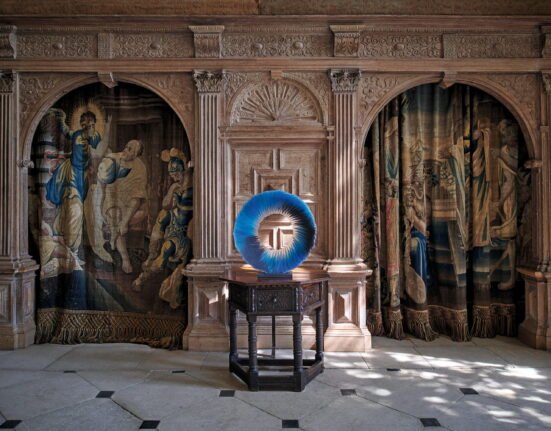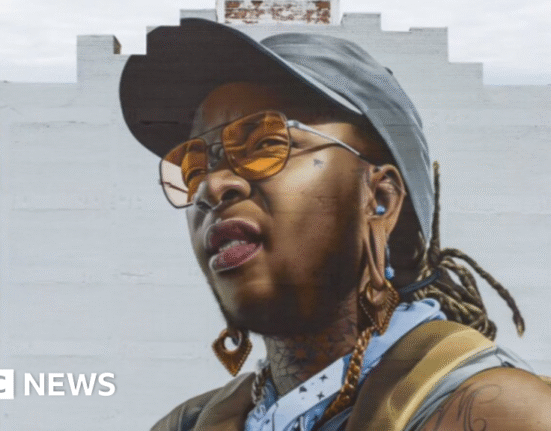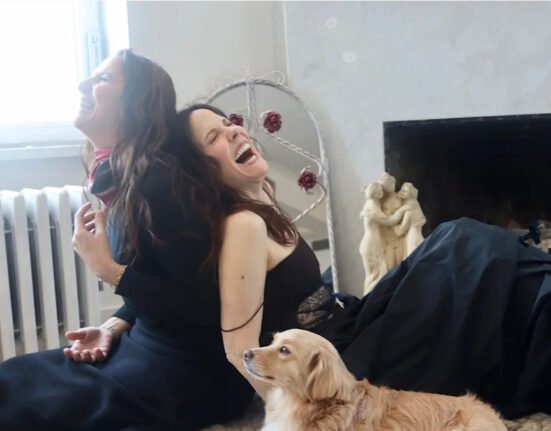From “Nu couché (sur le côté gauche)” to “Salvator Mundi”, expensive works of art have been in the news for fetching sale prices of hundreds of millions of dollars. This may intrigue wealthy individuals and lead them to consider adding artwork to their own portfolio of assets. Some may even consider art to be an exciting investment vehicle. In fact, a survey by Deloitte suggests that 76% of art collectors consider their collections as investments, up from 53% in 2012. However, there are several essential considerations for amateur art investors to consider before making their first acquisition.
The first hurdle for investors seeking to get involved with investing in artwork is to develop an understanding of artistic theories and valuation techniques. Unlike investing in public companies or real estate, artwork does not lend itself to traditional investing valuation methods.
Therefore, prudent investors will need to put in a significant amount of effort to learn about artistic methods, art history, specific markets and pricing trends before getting into the action themselves. Fortunately for those that have some type of analytical experience, there are a few helpful data sources available. For example, investors can use the Blouin Art Sales Index to analyse trends in the art market. The platform has an extensive database which allows investors to analyse various artists’ sales records, estimate price bands and locate auctions. Additionally, for those that have a particularly keen interest in learning more about these topics, there are many online and in-person courses offered by Universities and organisations such as Sotheby’s Institute of Art that provide training to understand the fundamentals of art theory, collecting and investing.
In addition the high sticker prices of artwork, investors must be aware of the costs associated with buying and selling these assets. First, in order to ensure that your purchase is valuable, it is crucial to determine that you are purchasing an original work. Therefore, you may want to hire an art inspector if you are relatively new to art investing or purchasing a very expensive piece. Once you have purchased a piece of artwork, you will also have to consider the costs of storing, cleaning and maintaining the piece. This varies greatly based on the age and type artwork (e.g. painting, sculpture, etc.).
Next, unlike stocks or bonds, paintings, sculptures and other types of art are more difficult to sell. In fact, some experts estimate that a mere 0.5% of paintings purchased are ever resold. For this reason, and to ensure that they receive the highest possible price, many individuals elect to sell their pieces through galleries or art dealers. The fee structure of these agents varies, but is typically charged based on a rather high percentage of the sale price. Those confident in their own ability to sell their artwork may be able to dodge fees by selling through online auctions.







